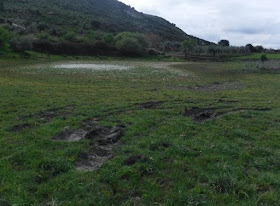Modern taxonomy relies on the unified species concept and integrative approaches to delimit evolutionary coherent taxa. The western Mediterranean vipers within the Vipera latastei–monticola complex (Vipera latastei and Vipera monticola) have a rather old taxonomic history marked by the prevalence of morphological criteria in the recognition of taxonomic units. Recent phylogenetic inferences, however, contradict this taxonomic scenario, highlighting the need of integrative studies to properly evaluate the taxonomy of this complex. Here, we apply an integrative taxonomic approach, combining phylogeographic, morphological, and ecological analyses, to identify and describe evolutionary coherent taxonomic units within the Vipera latastei–monticola complex. Leer más.















